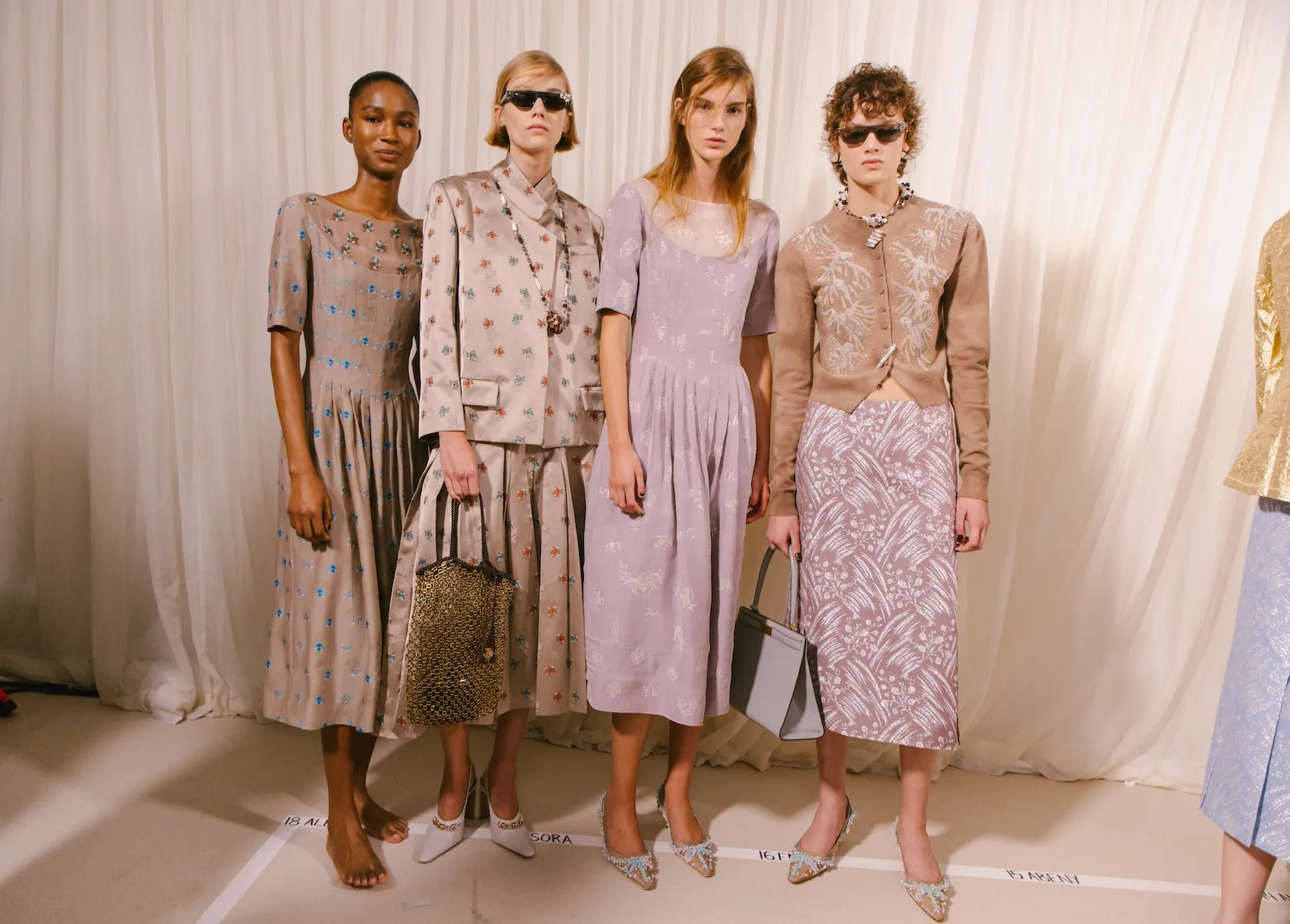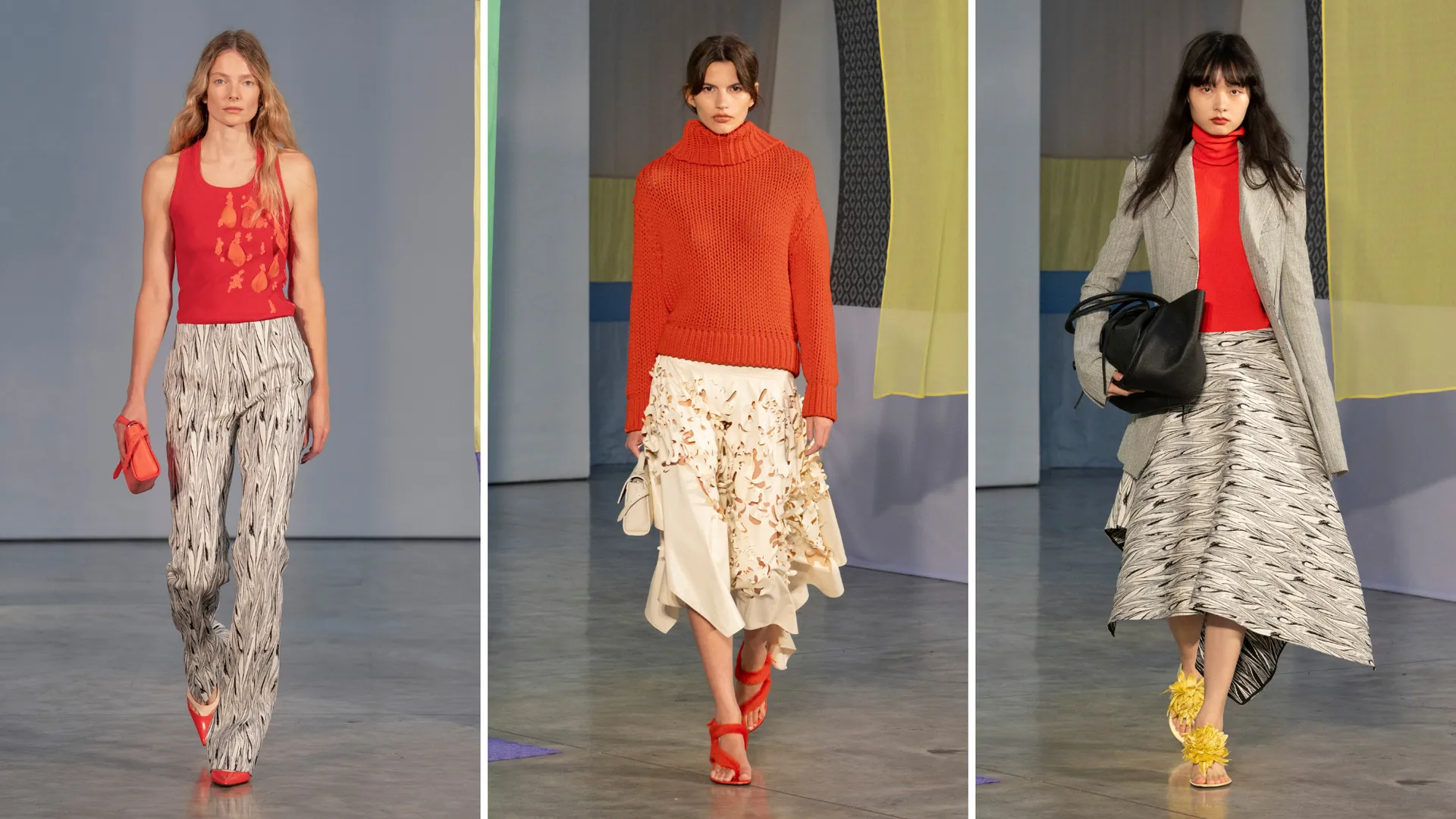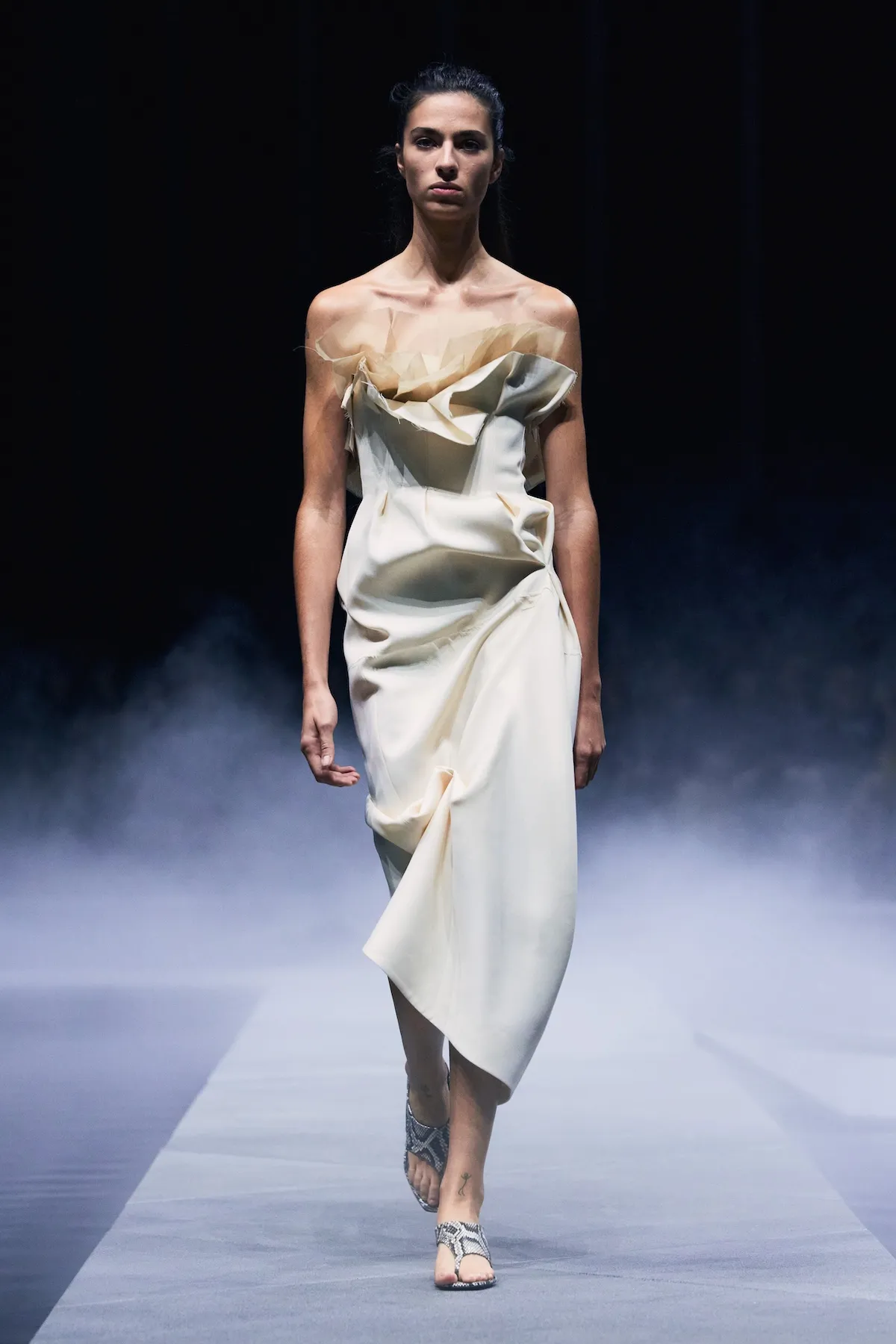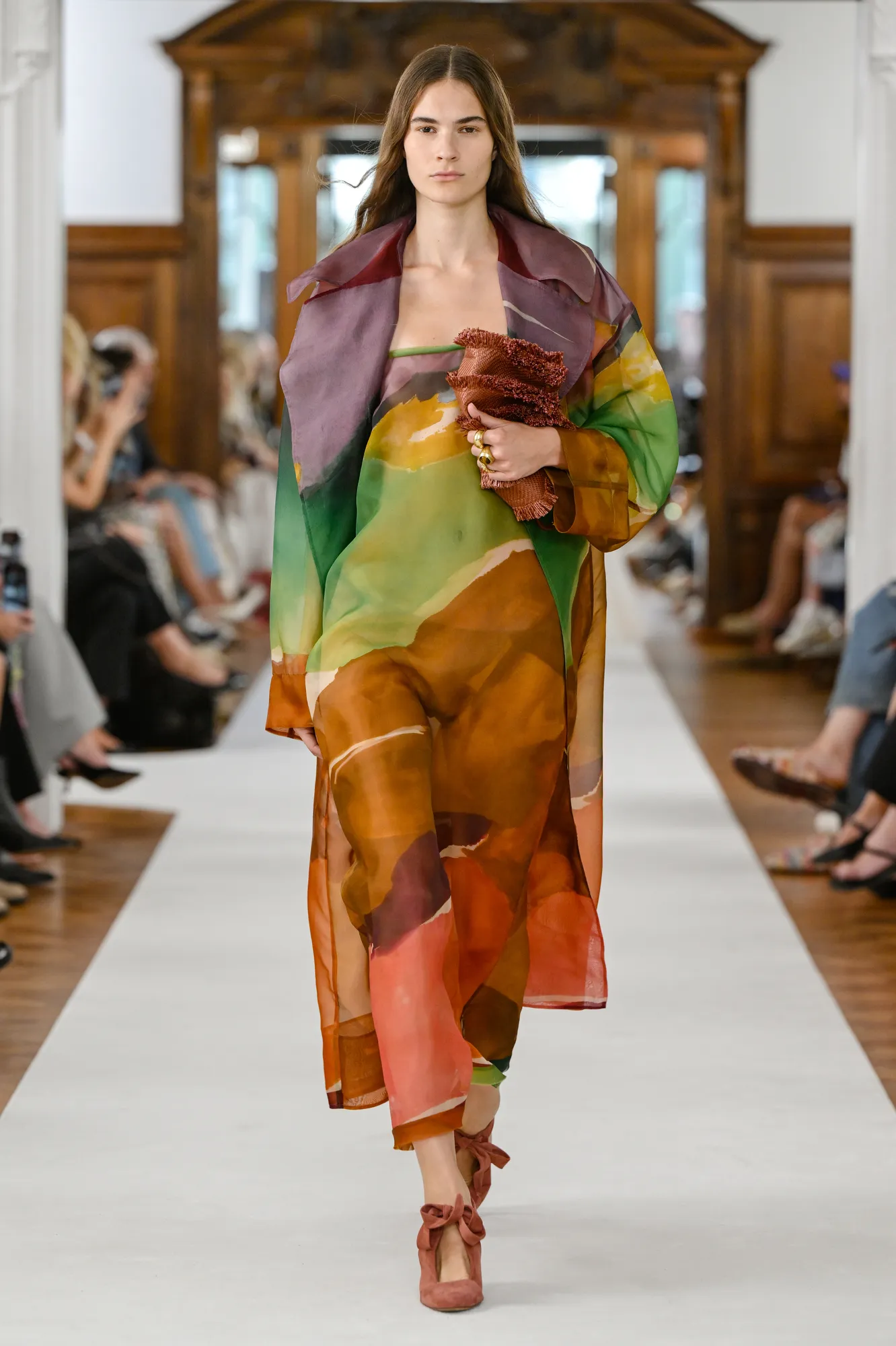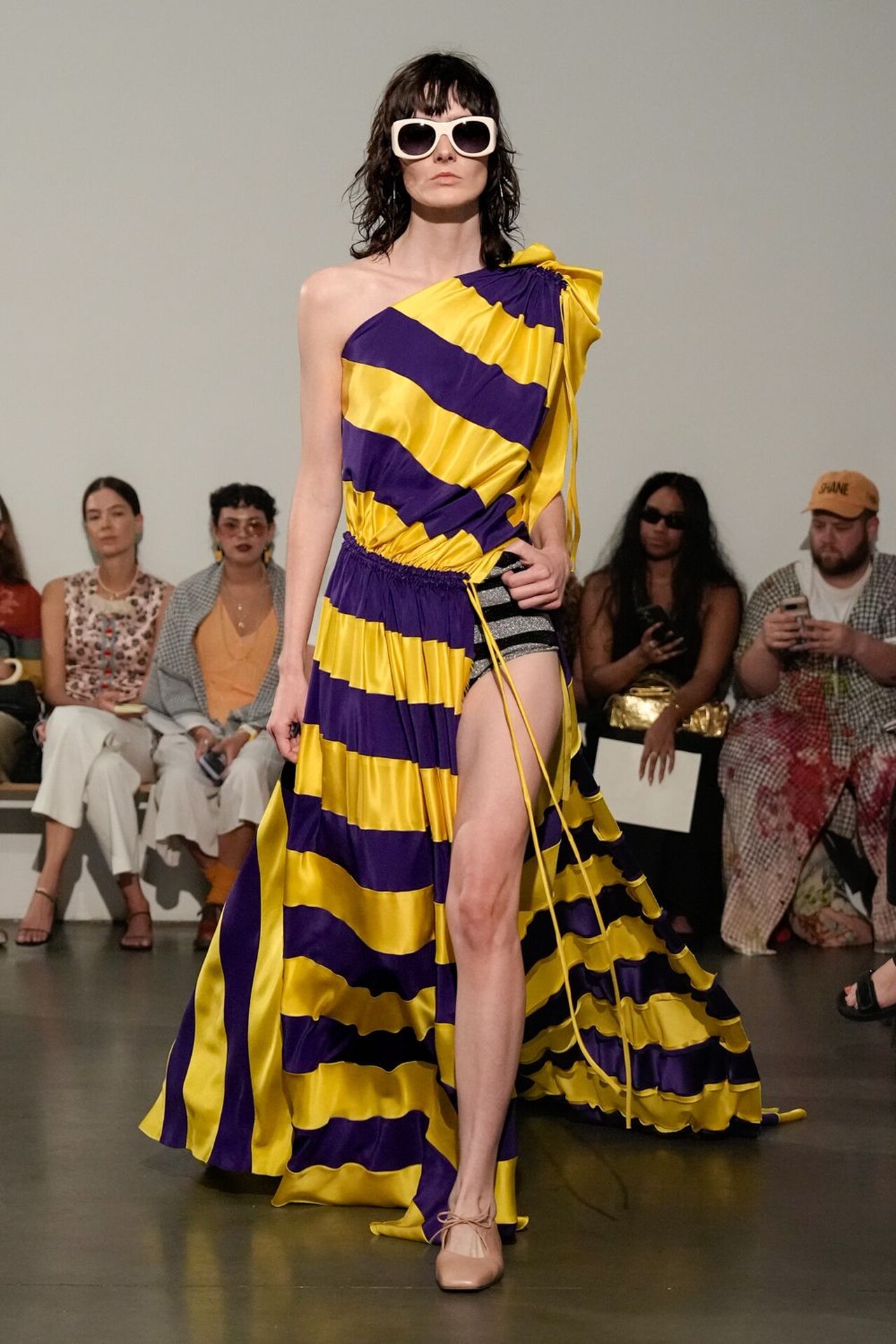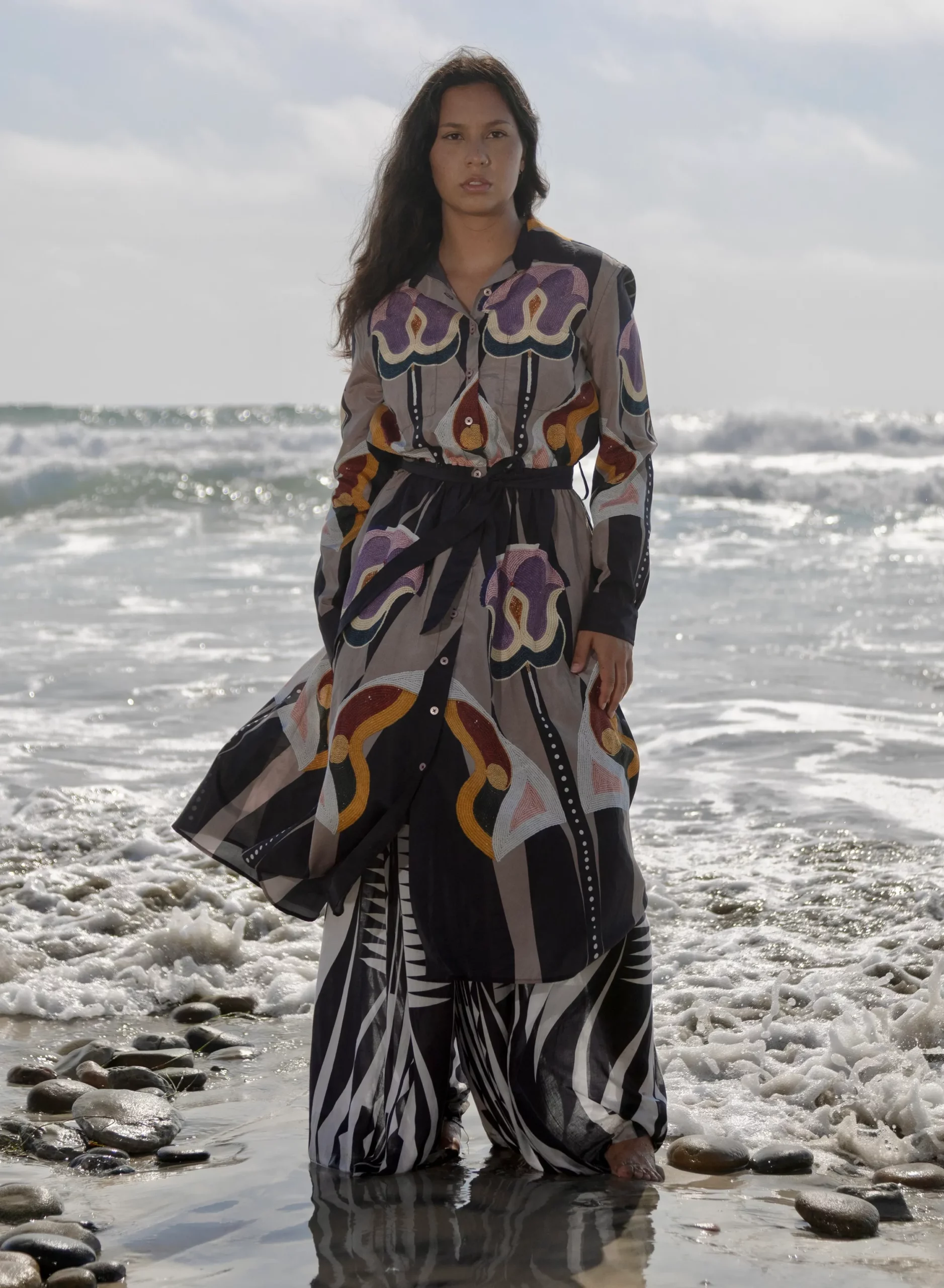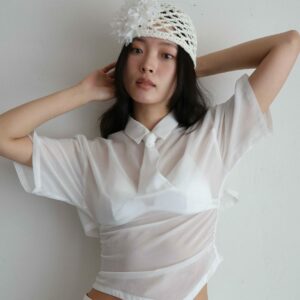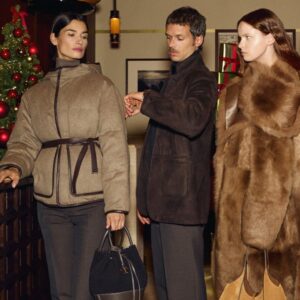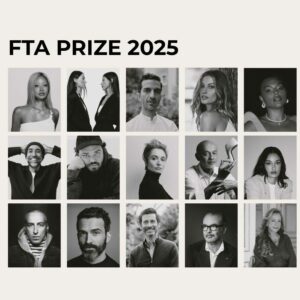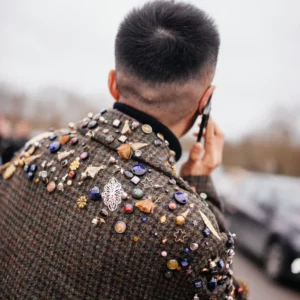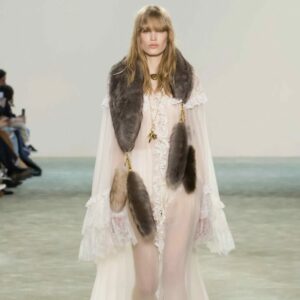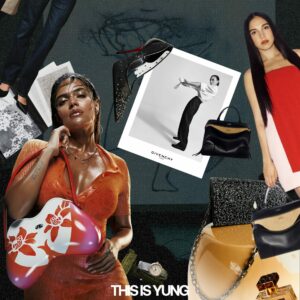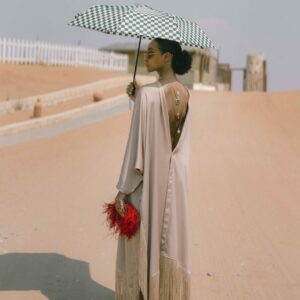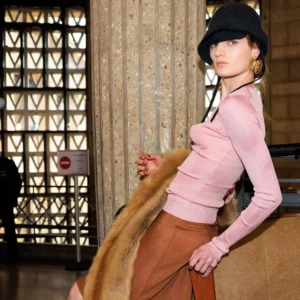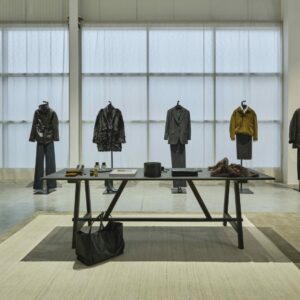New York Fashion Week (Instagram) wrapped its Spring/Summer 2026 shows with a quieter energy than recent seasons, but this energy more intentional. Across the city, designers were less preoccupied with viral spectacle and more with refining their language, paring things back, testing proportion, and leaning into craft. The mood was transitional: neither the brash optimism of the post-pandemic years nor the sharp minimalism dominating European runways, but something more measured.
Heritage names like Ralph Lauren and Michael Kors doubled down on the soft-focus Americana they’ve long championed, while labels such as Coach and Proenza Schouler – the latter showing its first collection under new creative director Rachel Scott – used the week to recalibrate, testing more grounded silhouettes and tactility. Even Tory Burch, who has in the past leaned on polished optimism, presented a collection rooted in personal history and understated detail.
Meanwhile, a new guard is gaining ground: Diotima, Eckhaus Latta, Zankov, and Jamie Okuma – the first Native American designer on the official Council of Fashion Designers of America calendar – offered work that felt intimate, culturally grounded, and resistant to trend cycles. It was a reminder that in New York, where fashion often gets reduced to buzz, evolution sometimes happens quietly.
And without further ado, here’s the lowdown of what happened:
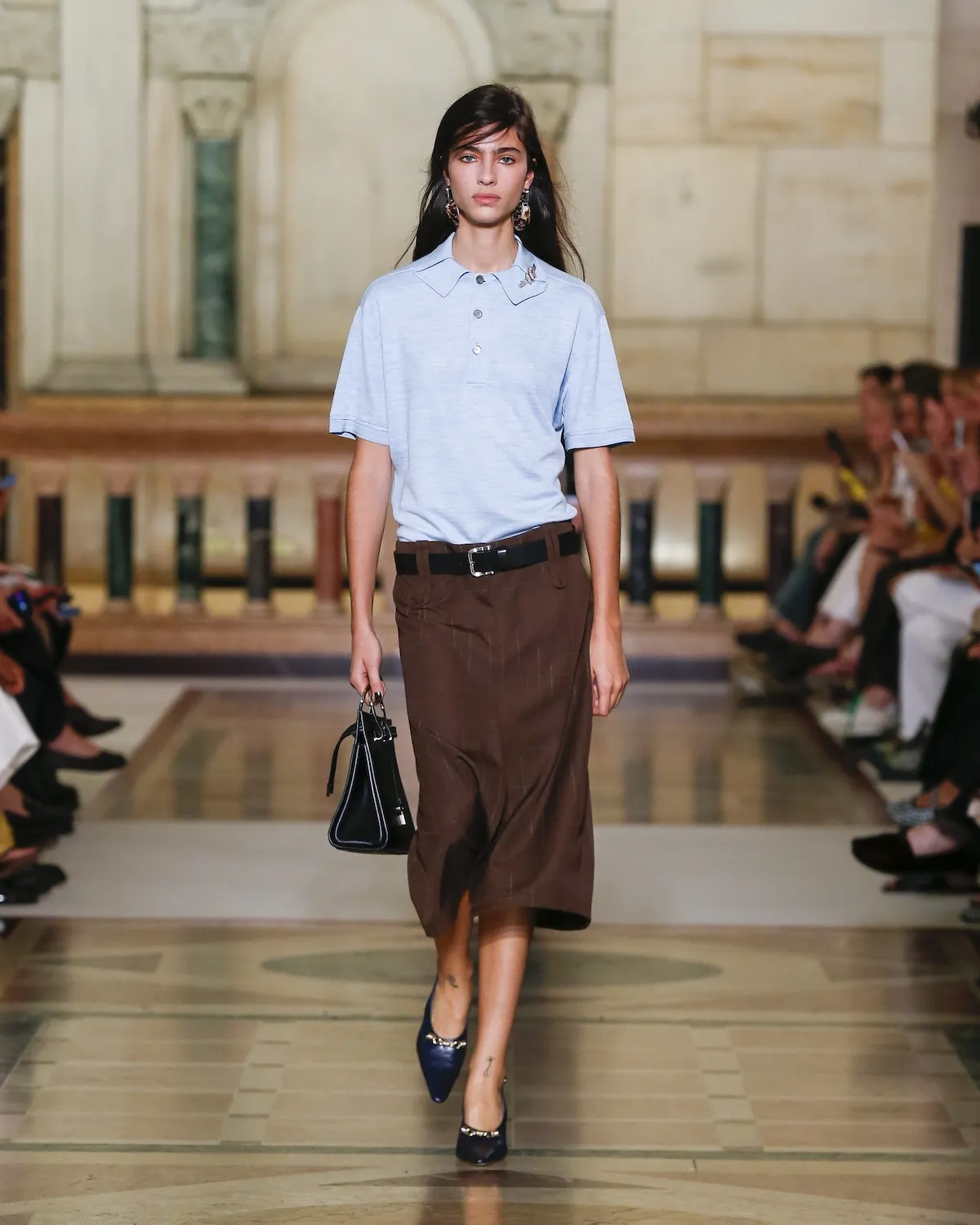
Tory Burch
Tory Burch opened the week with a collection that looked inward rather than outwards, rooting her silhouettes in personal memory, including tailoring inspired by her father’s old jacket. The mood was quietly assured: muted suiting, lean lines, and flashes of colour used sparingly rather than decoratively. It marked a shift from an endlessly positive outlook to something more reflective.
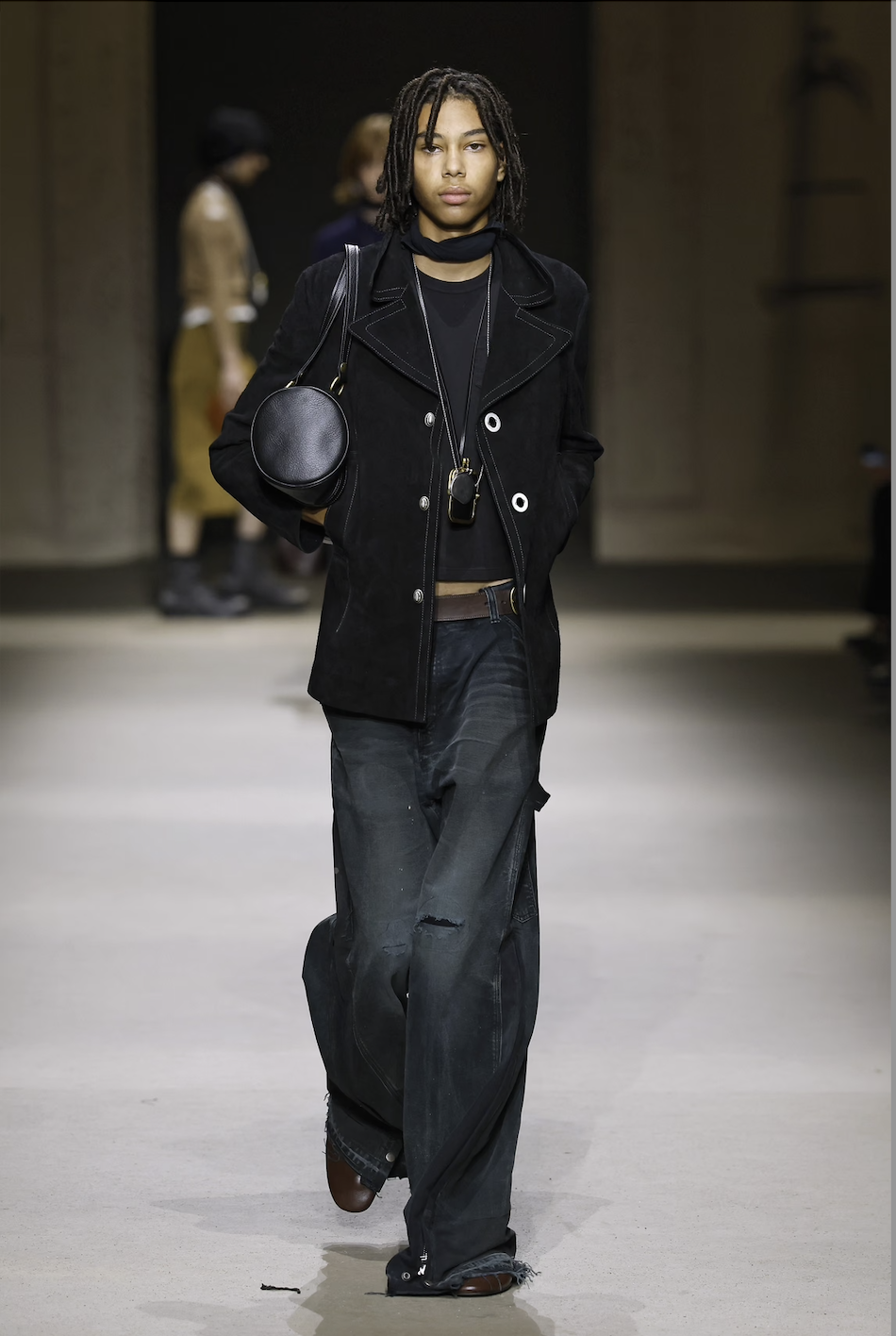
Coach
Stuart Vevers grounded his latest collection in the textures of daily wear: baggy jeans, softened leather, and distressed knits that seemed already lived in. It pushed back against the idea of luxury as immaculate, instead embracing imperfection and wear as signs of authenticity. A standout in terms of mood, if not theatrics.
Proenza Schouler
All eyes were on Rachel Scott’s first full collection for the label, and it delivered quiet precision. Clean tailoring, sharp knitwear, and softened leather pieces signalled a more streamlined direction without erasing the brand’s intellectual edge. It felt like a palate cleanser, deliberate rather than disruptive.
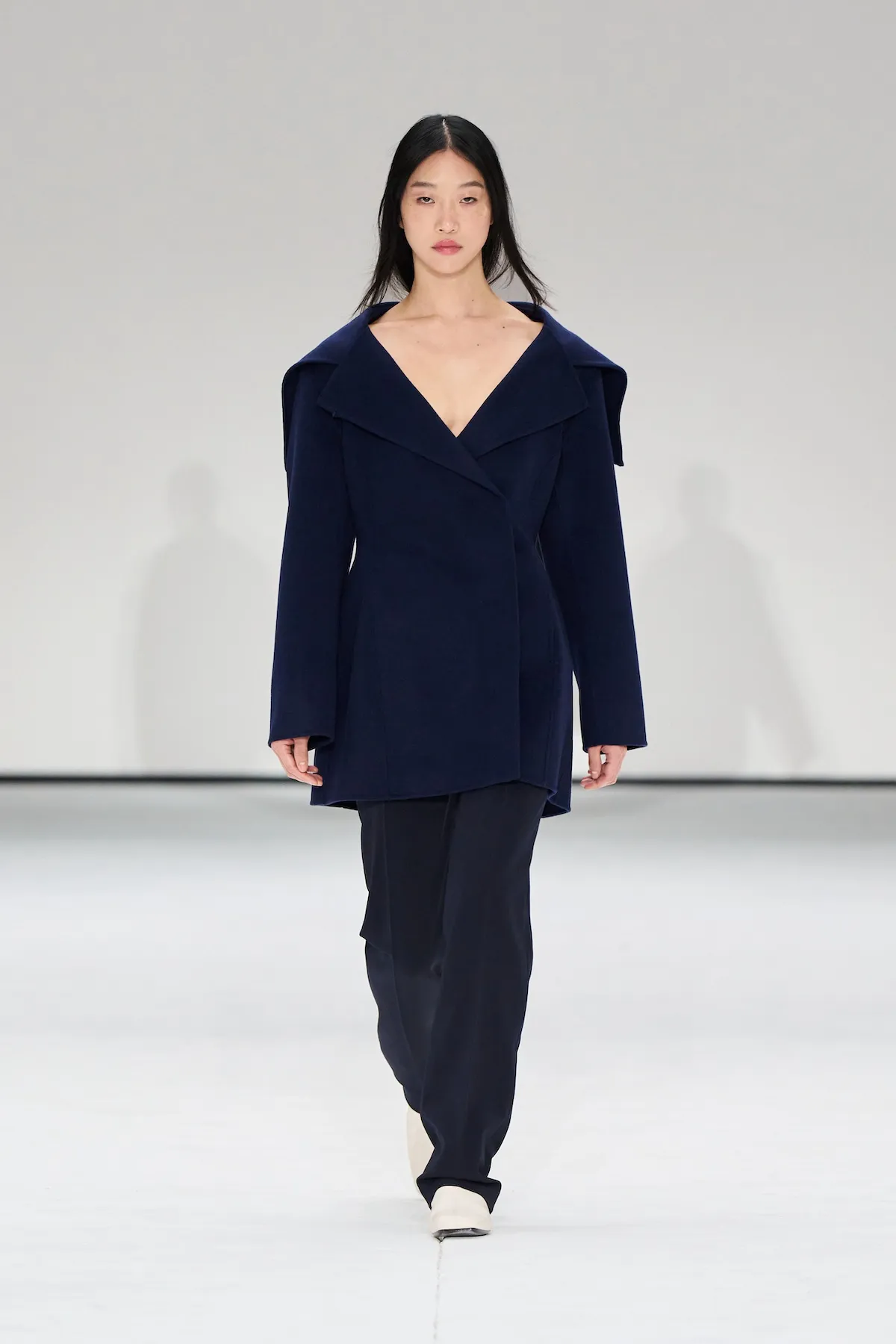
COS
Back on Manhattan after several seasons in Brooklyn, COS used its return to foreground craftsmanship and materiality. The collection worked almost like a study of contrasts – airy tailoring cut from dense textiles, subtle sheen against matte finishes – and stood out for its restraint. It captured the week’s overarching pivot toward quiet design.
Khaite
Catherine Holstein offered a darker, slightly undone take on modernism, leaning into slouched tailoring, rough textures and imperfect finishes. It resisted polish in favour of something more psychological, almost cinematic, which made it one of the week’s moodiest shows.
Ulla Johnson
In contrast, Ulla Johnson leaned into the romantic codes she’s known for: cascading ruffles, soft draping, sun-faded florals, but handled them with unusual restraint. The collection carried a grounded femininity that felt more wearable than wistful, and suggested an evolution rather than reinvention.
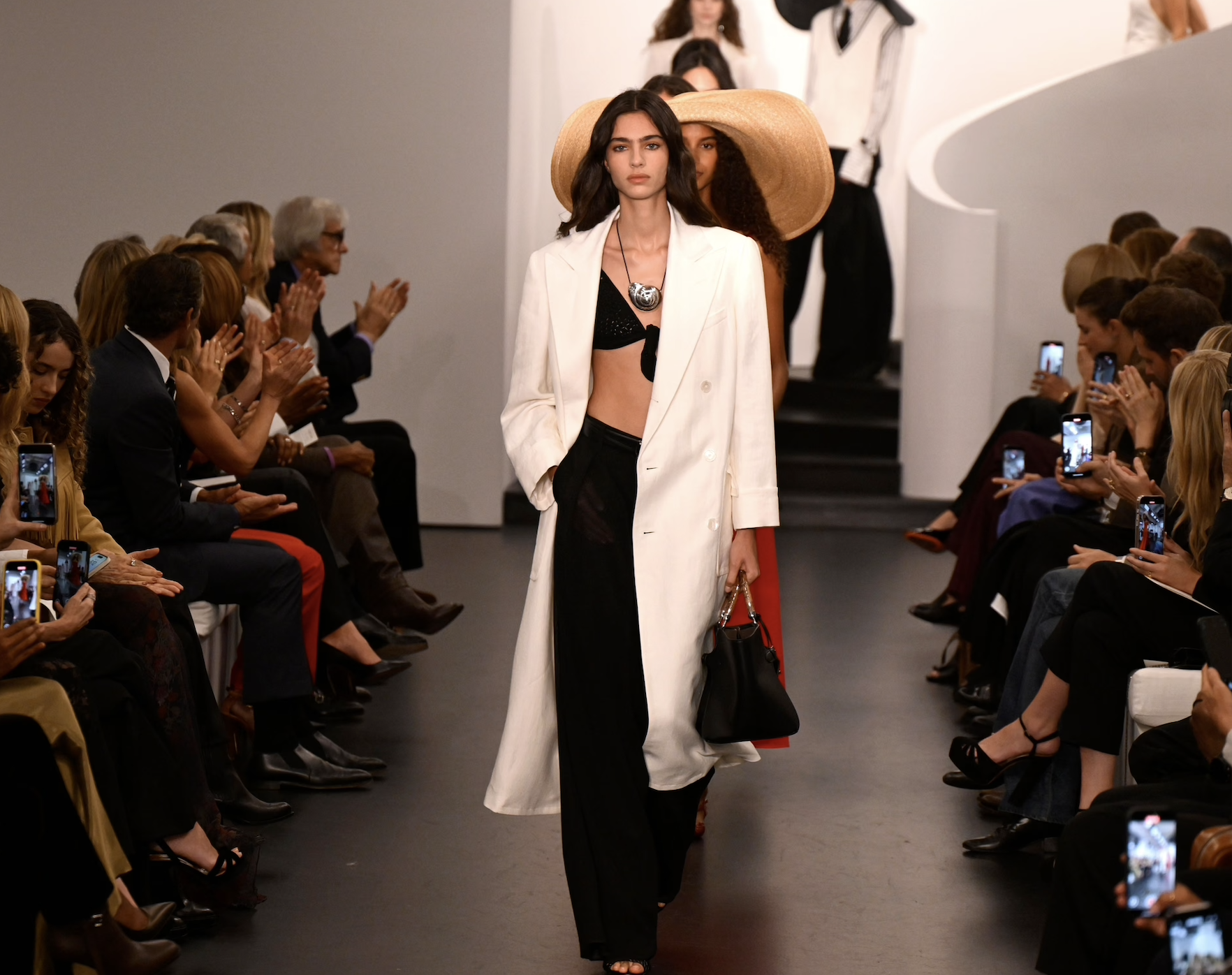
Ralph Lauren
Ralph Lauren’s show reaffirmed the brand’s vision of aspirational ease: linen suiting, sun-washed denim, and fluid eveningwear staged in a polished, cinematic set. It felt designed to reassure, not disrupt, a reflection of how legacy American houses are consolidating rather than experimenting.
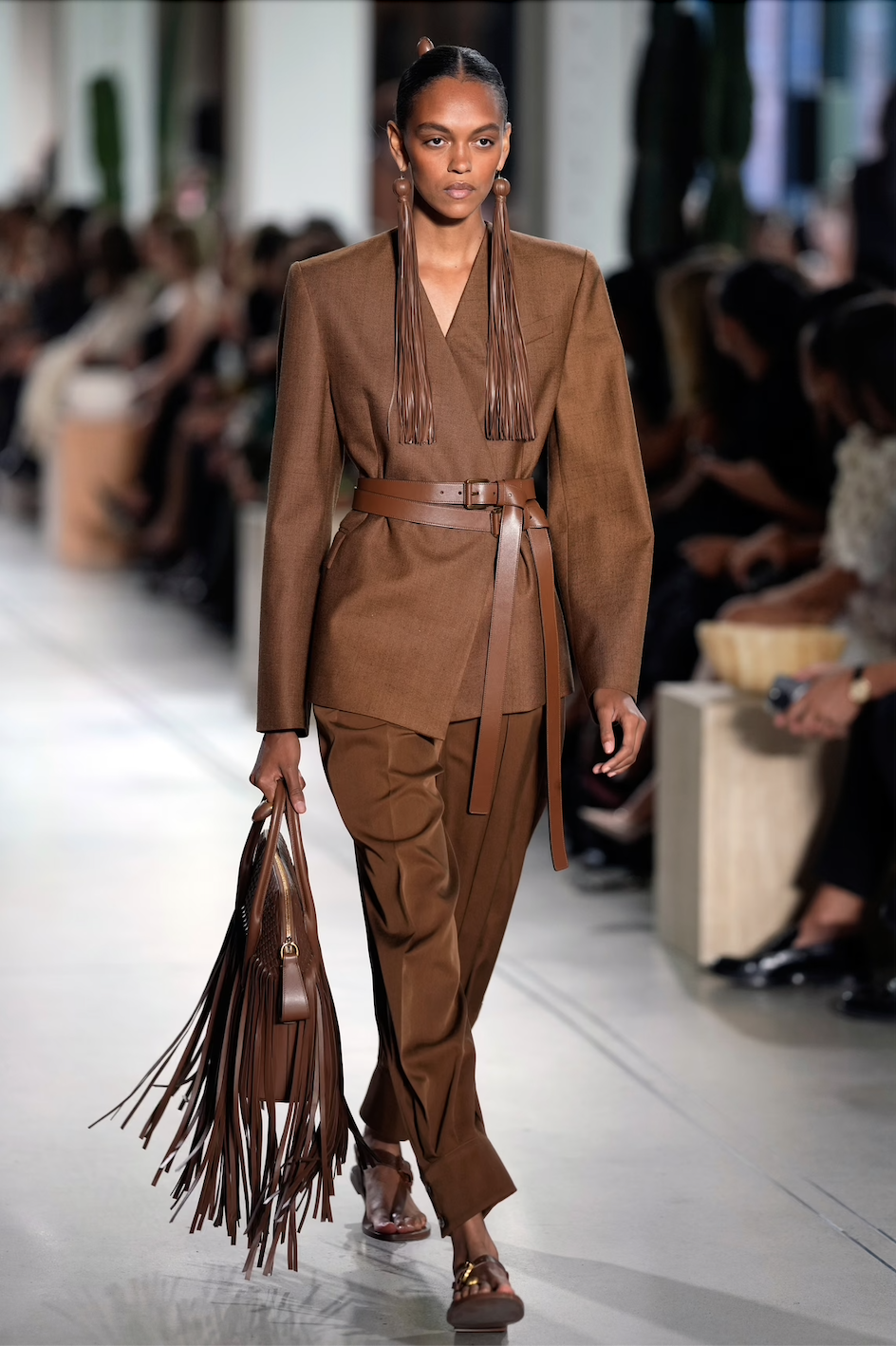
Michael Kors
Michael Kors followed a similar impulse with a breezy, coastal collection heavy on airy dresses and relaxed tailoring. The message was clear: uncomplicated glamour as an antidote to fashion fatigue. It played to the brand’s strengths, even if it didn’t push them forward.
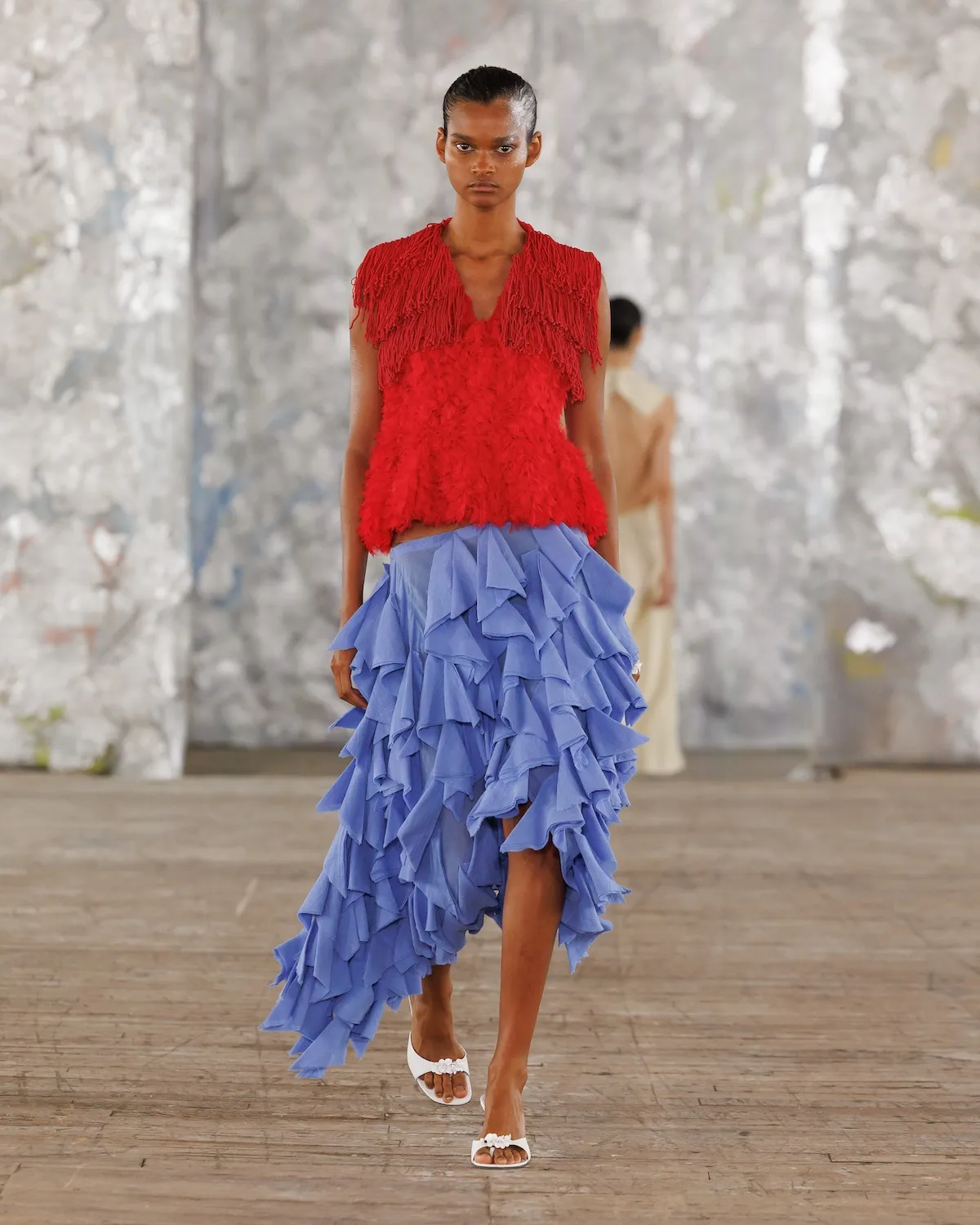
Diotima
Rachel Scott (yes, the same from Proenza’s Schouler) continues to shape Diotima as one of the city’s most quietly radical voices. This season wove Caribbean craft traditions into sharp tailoring and deconstructed lacework, making the work feel both personal and culturally grounded. It offered depth without theatrics.
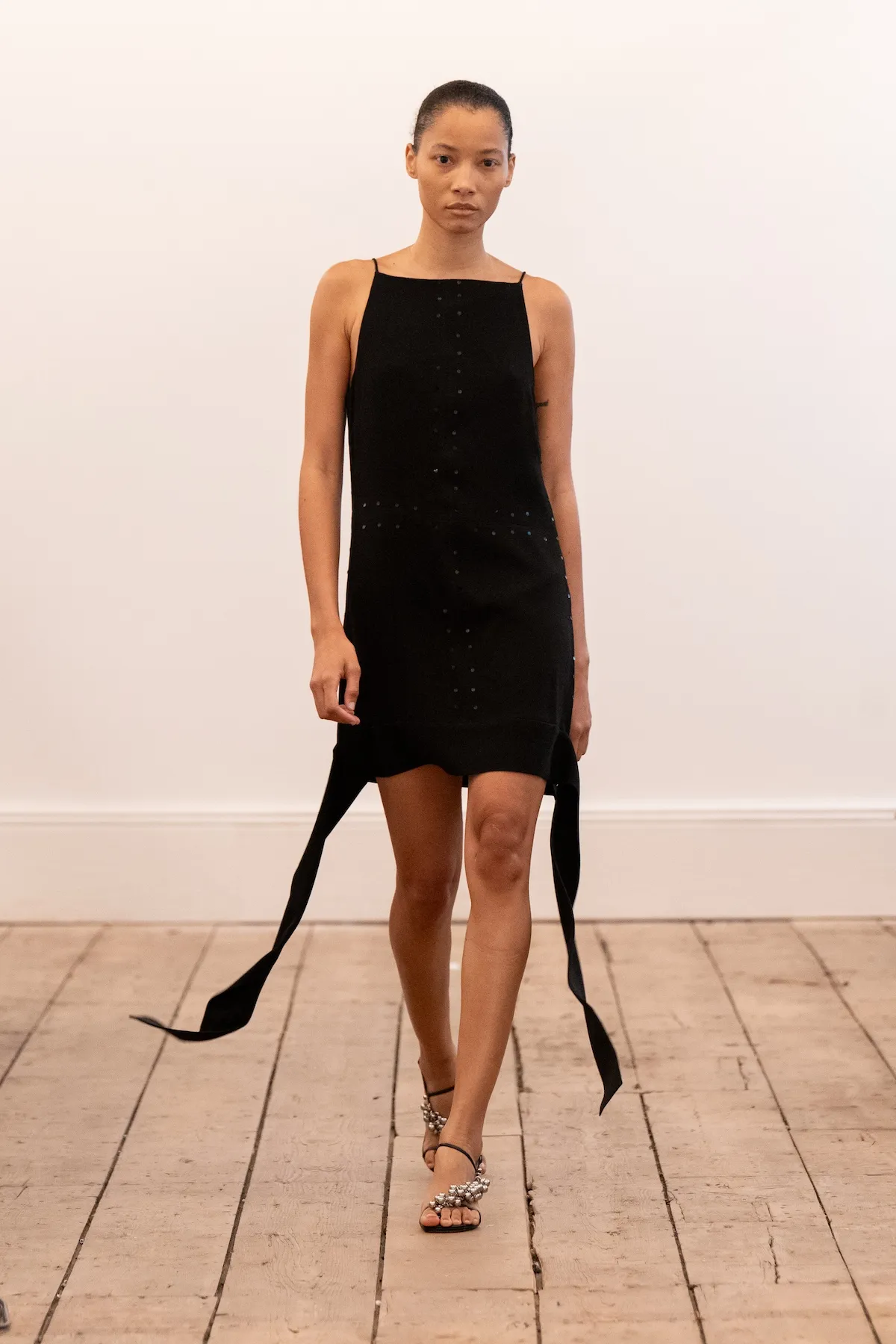
Eckhaus Latta
Eckhaus Latta maintained their off-kilter clarity, showing asymmetry, sheer knits, and patchwork tailoring with their usual studied nonchalance. It wasn’t trying to charm, which is exactly what made it stand out amid the week’s softened mood.
Zankov
Returning to the calendar after a hiatus, Zankov made a case for knitwear as a medium for experimentation: sculptural, colour-blocked, and unapologetically bold. In a week dominated by understatement, it read as refreshingly assured.
Jamie Okuma
Marking a historic first as the debut Native American designer on the official Council of Fashion Designers of America calendar, Jamie Okuma presented a collection merging Shoshone-Bannock and Luiseño heritage techniques with contemporary silhouettes. Rich beadwork, hand-painted prints and sustainable materials made it one of the week’s most meaningful shows.
If New York once thrived on immediacy, on trends combusting overnight and fading just as fast, this season suggested a recalibration. Designers seemed less intent on chasing the churn of Fashion Month and more on building something that can withstand it: work grounded in personal history, craft, and slow-burn clarity. There were no single viral moments or shock tactics, and that felt telling. As the fashion cycle accelerates elsewhere, New York is quietly positioning itself as the place where longevity, not noise, might be the most radical gesture of all.
For more stories of regional and international fashion, visit our dedicated archives.
